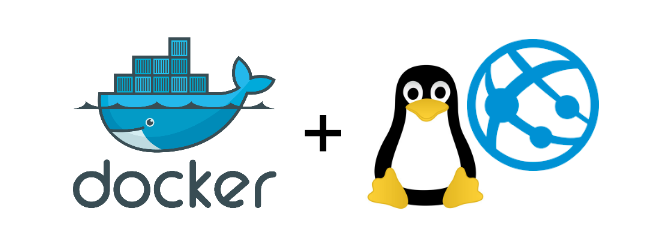Deploying App Services with ‘Run From Package’, Azure Storage, and Azure Pipelines
Azure App Service recently introduced a feature called Run From Package. Rather than uploading our application binaries and other files to an App Service directly, we can instead package them into a zip file and provide App Services with the URL. This is a useful feature because it eliminates issues with file locking during deployments, it allows for atomic updates of application code, and it reduces the time required to boot an application. It also means that the ‘release’ of an application simply involves the deployment of a configuration setting.… [Keep reading] “Deploying App Services with ‘Run From Package’, Azure Storage, and Azure Pipelines”

